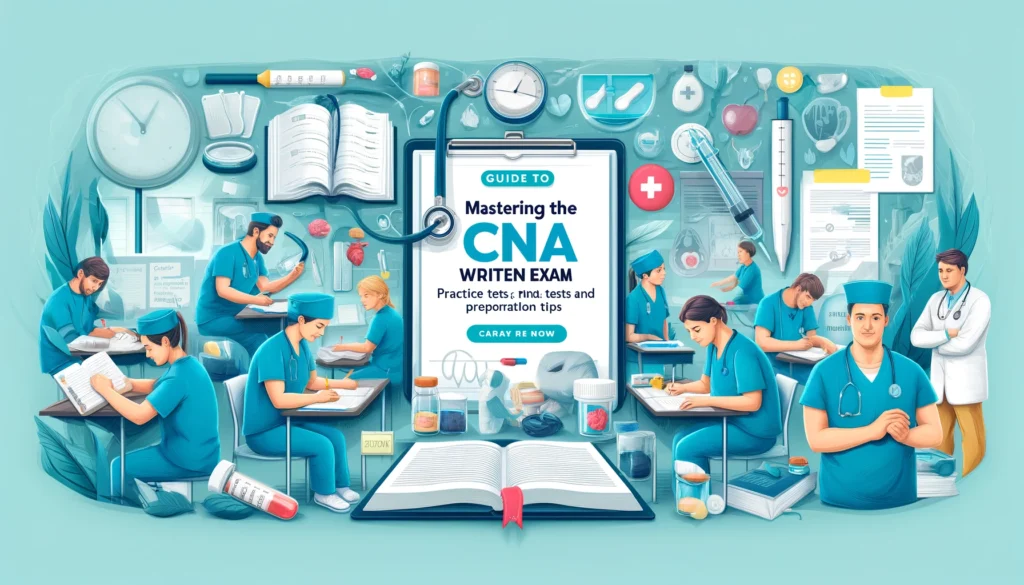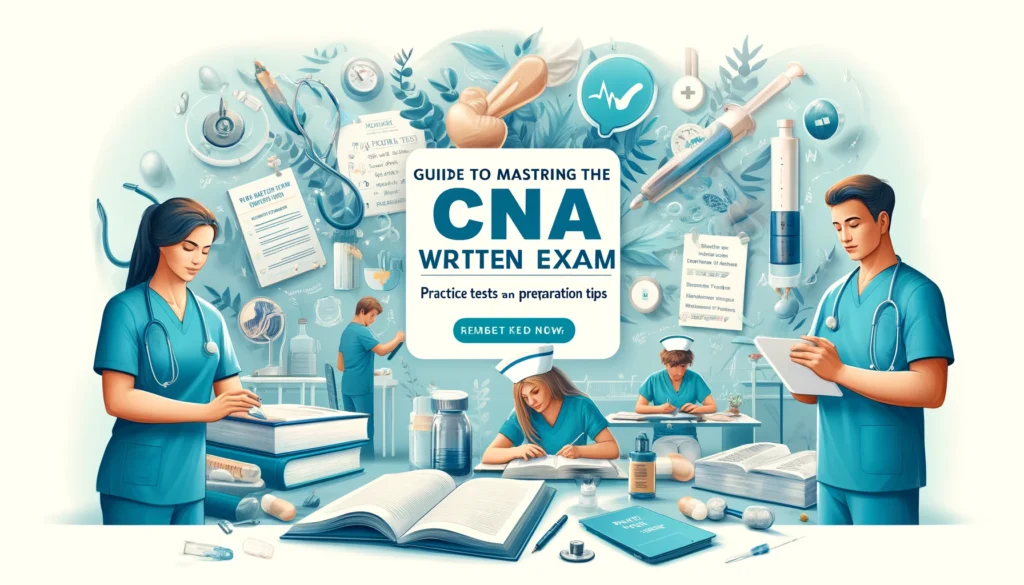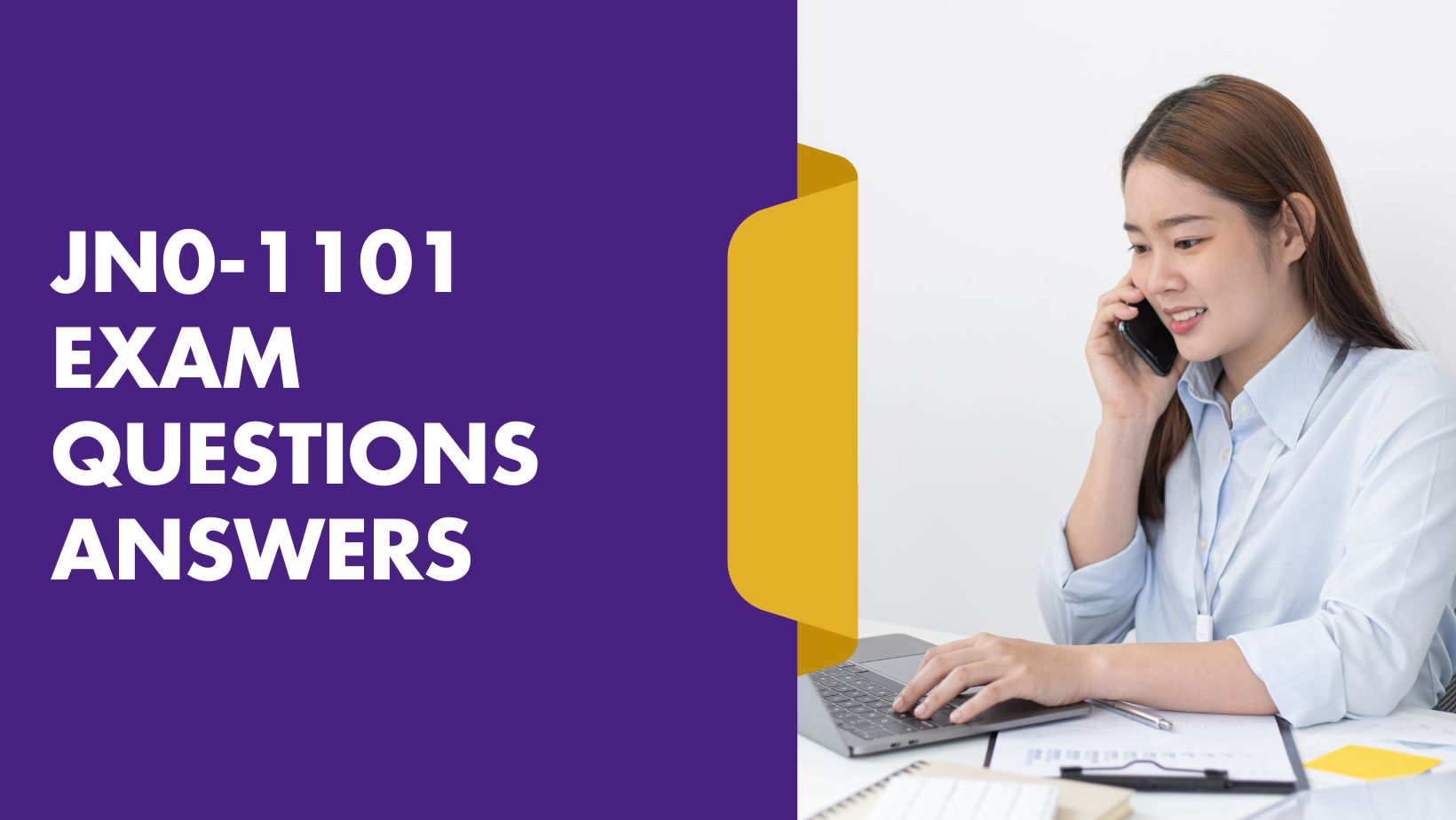Introduction
Becoming a Certified Nursing Assistant (CNA) is a rewarding career path that begins with passing the CNA written exam. This comprehensive blog post focuses on the best strategies and resources for conquering this important test, including the pivotal role of CNA written exam practice tests.
Table of Contents
Understanding the CNA Written Exam
The CNA written exam is a critical component of the certification process for nursing assistants. Typically, it consists of multiple-choice questions that cover a wide range of topics necessary for effective patient care. These topics often include patient hygiene, safety procedures, infection control, and basic nursing principles.
Importance of Practice Tests
Practice tests are invaluable tools in your study arsenal. They not only familiarize you with the format and style of the questions you’ll encounter but also help reinforce your learning by putting your knowledge to the test. Here’s why CNA written exam practice tests are essential:
- Familiarity with Exam Format: Practice tests help reduce test anxiety by making you comfortable with the question format and time constraints.
- Identification of Weak Areas: Regular practice enables you to identify areas where you need more study, allowing you to allocate your preparation time more effectively.
- Boost in Confidence: The more you practice, the more confident you become in your ability to recall information quickly and accurately.
Best Practices for Using CNA Practice Tests
To maximize the benefits of CNA written exam practice tests, consider the following best practices:
- Start Early: Begin taking practice tests well before your actual exam date. This gives you ample time to improve and master the material.
- Use Varied Sources: Utilize practice tests from various sources to expose yourself to a wide range of questions and difficulty levels.
- Simulate Exam Conditions: Try to mimic the conditions of the actual exam as closely as possible. This includes timing yourself and completing the test in a quiet environment.
- Review Your Answers: Always take the time to go through your answers. Understanding why you got a question wrong is just as important as knowing why you got it right.
Demystifying the CNA Written Exam
Understanding the structure and content of the CNA written exam is crucial for targeted preparation. The National Nurse Aide Association (NNAAP) outlines the core competencies assessed in the exam. These competencies encompass a broad spectrum of knowledge and skills essential for providing safe and compassionate care to patients. Here’s a breakdown of some key areas covered in the exam:

- Activities of Daily Living (ADLs): This section tests your understanding of assisting patients with basic needs like bathing, dressing, toileting, eating, and ambulation.
- Basic Nursing Skills: This domain focuses on fundamental skills like vital signs measurement, infection control procedures, transferring and positioning patients, range of motion exercises, and documentation.
- Resident Rights and Communication: Your knowledge of patient communication techniques, respecting patient autonomy, and upholding their rights will be evaluated in this section.
- Promoting Independence and Restorative Care: This area assesses your understanding of encouraging patients to perform activities for themselves as much as possible, promoting their independence, and preventing complications.
- Mental Health and Social Services Needs: This section delves into recognizing signs and symptoms of mental health conditions, providing emotional support to patients, and understanding the role of social services in patient care.
- Safety and Emergency Procedures: You’ll be tested on your knowledge of creating a safe environment for patients, responding to emergencies like falls and choking, and fire safety protocols.
The exam typically consists of multiple-choice questions, with some exams incorporating fill-in-the-blank or matching questions as well. The number of questions and allotted time can vary depending on the testing agency and state regulations.
Sample CNA Written Exam Questions with Explanations:
Activities of Daily Living (ADLs):
- Question: When assisting a patient with a shower, what is the MOST IMPORTANT step to take FIRST?
- A. Apply soap and washcloth.
- B. Adjust the water temperature to ensure it’s comfortable for the patient. (Correct)
- C. Help the patient undress.
- D. Dry the patient with a towel.
Explanation: Assessing the water temperature is crucial to prevent accidental burns, especially for patients with limited mobility or sensation.
Basic Nursing Skills:
- Question: Which of the following vital signs is NOT measured in degrees Fahrenheit?
- A. Body temperature
- B. Pulse rate
- C. Respiratory rate
- D. Blood pressure (Correct)
Explanation: Blood pressure is measured in millimeters of mercury (mmHg).
Resident Rights and Communication:
- Question: A patient expresses frustration with their slow progress in physical therapy. What is the MOST THERAPEUTIC response?
- A. “Don’t worry, you’ll get there eventually.”
- B. “I understand your frustration. Let’s talk to the therapist and see how we can adjust your goals together.” (Correct)
- C. “Physical therapy takes time. Just be patient.”
- D. “There’s nothing we can do to speed up the process.”
Explanation: Acknowledge the patient’s feelings, validate their frustration, and offer a collaborative solution that empowers them in their recovery journey.
Promoting Independence and Restorative Care:
- Question: When assisting a patient with transferring from a bed to a wheelchair, it’s important to:**
- A. Lift the patient entirely by yourself.
- B. Encourage the patient to participate in the transfer as much possible for safety and to promote independence. (Correct)
- C. Use a mechanical lift without involving the patient.
- D. Secure the patient in the wheelchair with restraints before transferring.
Explanation: Promoting patient independence whenever possible improves their strength, dignity, and overall well-being.
Safety and Emergency Procedures:
- Question: You witness a conscious patient experiencing a choking episode. What is the FIRST action you should take?
- A. Leave the room to get help.
- B. Perform the Heimlich maneuver if the patient is unable to cough forcefully. (Correct)
- C. Give the patient water to drink.
- D. Slap the patient on the back.
Explanation: The Heimlich maneuver is a lifesaving technique for dislodging foreign objects from the airway of a conscious choking adult or child.
Recommended Resources for CNA Written Exam Practice Tests
Several reputable resources offer high-quality CNA written exam practice tests. These include:
- National Nurse Aide Assessment Program (NNAAP): Their practice exams are great for getting a feel for the style and scope of the actual exam.
- Your Training Provider: Many CNA training programs provide practice tests as part of their curriculum.
- Online Study Websites: Numerous websites offer free and paid practice tests specifically designed for CNA candidates.
Selecting the Right Practice Tests: Finding Your Perfect Fit
With a plethora of resources available online and in textbooks, choosing the right practice tests can feel overwhelming. Here’s some guidance to ensure you’re utilizing the most effective tools for your preparation:
- CNA Training Programs: Many CNA training programs incorporate practice tests as part of their curriculum. Take advantage of this valuable resource offered by your training provider.
- Online Resources: Numerous websites cater specifically to CNA exam preparation. Websites like CNA Plus Academy, Mometrix, and AllHealthcareCareers offer both free and paid practice test options. These online resources often provide detailed explanations for answers, allowing you to learn from both your correct and incorrect choices.
- Textbooks: High-quality CNA textbooks often include practice questions and exams at the end of each chapter. These questions align with the specific content covered in the textbook and can be a great way to test your understanding after studying a particular topic.
Study Tips Beyond Practice Tests
While practice tests are crucial, other study methods should also be part of your preparation plan:
- Flashcards: Use flashcards for memorizing terminology, procedures, and other key concepts.
- Study Groups: Joining a study group can provide motivational support and help clarify difficult topics through discussion.
- Educational Videos: Many educational platforms offer videos that can help visual learners understand complex material more easily.
Conclusion CNA Written Exam Practice Tests
Preparing for the CNA written exam requires dedication, perseverance, and the right resources. By integrating CNA written exam practice tests into your study routine, along with employing varied study techniques, you can significantly enhance your chances of passing the exam. Remember, the goal is not just to pass but to become a competent, knowledgeable nursing assistant ready to make a positive impact in the healthcare field.
Embark on your study journey with confidence and determination, and let the practice tests guide your path to success on the CNA written exam!






